|
Director Lori Kaye mines home movies Aucoin shot with celebrity friends: 'I couldn't believe what I was seeing... 'Ohmygod, there's Naomi and there's Andie MacDowell. That's Linda Evangelista eating a bagel!'
When Kevyn Aucoin died before at age 40 in 2002 he left behind a legacy as a talent beyond compare.
"Kevyn was the greatest makeup artist who ever lived," his friend Andie MacDowell declared. He also left behind a huge collection of videotapes he had shot with the beautiful women he made even more beautiful: MacDowell, Cindy Crawford, Linda Evangelista, Naomi Campbell, Tina Turner, Liza Minnelli and many more. Those home videos form the basis of the documentary Kevyn Aucoin: Beauty & The Beast In Me, which held its world premiere Friday at the Outfest Film Festival in West Hollywood. This was before Facebook, before anything, and before we were so busy self-documenting our lives. He knew.
Aucoin captured countless unscripted moments -- laughing with MacDowell, Crawford telling a lewd joke, Campbell dancing with abandon, Minnelli holding her Oscar, Aucoin making up Gwyneth Paltrow in March 1999 hours before her crowning trip to the Academy Awards.
"Now everybody's doing videos, but they know it's going to go out, right. Everybody was just relaxed with him and chill with him because we felt these are Kevyn's home videos," MacDowell recalled during a Q&A after the premiere in the Directors Guild of America main theater. "Nobody was thinking about it ever coming out or anybody ever seeing it." 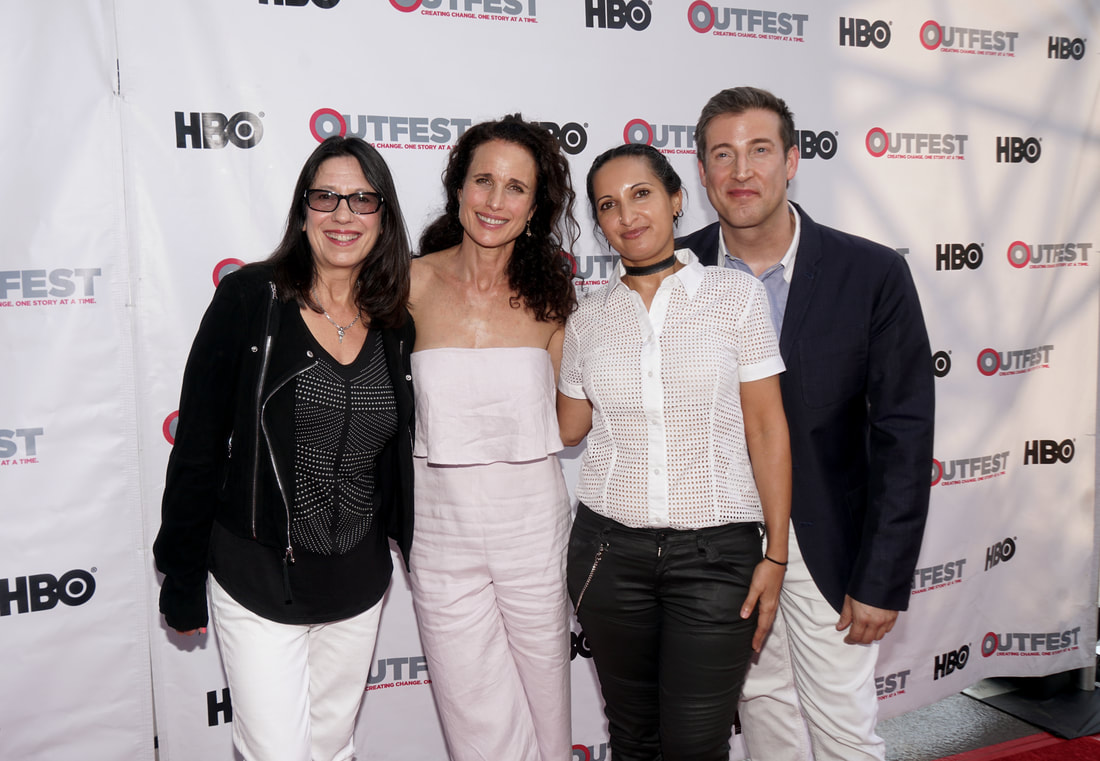
Director Lori Kaye (left) at the world premiere of her film "Kevyn Aucoin: Beauty & The Beast In Me," with actress Andie MacDowell, Outfest director of programming Lucy Mukerjee-Brown and Outfest executive director Christopher Racster. West Hollywood, California, Friday, July 7, 2017. Photo by Matt Carey
Kaye explained she gained access to the tapes through Aucoin's family, whom she had met years earlier while working on a documentary series with the makeup artist.
"I had shot with [Kevyn] pretty extensively," Kaye recalled. "I went to Louisiana and had met his family... I was so taken by his story, about how he had managed to overcome so many odds to become who he was -- so successful -- so that when he passed I thought, as a storyteller, I wanted to tell his story. And it was personal to me. And I had heard about the footage and I got his life rights from his father."
The director described finding "two huge boxes" of material in the back of a closet.
"When we opened them it was like, 'Are you kidding me?' because there were hundreds of tapes... They were like just randomly tossed in there. It said stuff like 'Liza', 'Linda,' 'Disneyworld.' We took them home and I began to slowly look at them in my little office," she recounted. "I started to watch and I was like, 'ohmygod.' Like, 'That's Linda Evangelista eating a bagel!' And, 'Ohmygod, there's Naomi and there's Andie MacDowell' and I couldn't believe what I was seeing."
The videos go some way to revealing how Aucoin managed to do his remarkable work. Starting (admittedly) from a solid foundation -- the perfect features and star quality of some gorgeous women -- Aucoin first "prepared his canvas," rendering his subjects almost plain with a base coat of makeup. From there he carefully rebuilt the face, so to speak, producing spectacular results that even famous models and actresses could see were uniquely special.
Kaye told Nonfictionfilm.com Aucoin was self-taught. "He would go and get movie star magazines at the drugstore and he would look at the pictures and he would figure out how to turn his little sister into Rene Russo when she was like six. It was intuitive," she said. "And for him it was his escape, it was the way in which he was able to express himself, even as a little kid, to say, 'I can do something. I have value. And this is what I can do.'" That need to escape was fueled by a difficult childhood in the South, where Aucoin was tormented by classmates for being gay and "different." But as an adopted child he suffered an additional burden, a nagging sense of being unwanted, and an ingrained fear of abandonment.
The film tracks Aucoin's journey to New York, where eventually his talents were recognized. At the height of his career no makeup artist was in greater demand by Vogue, Cosmopolitan, Allure, Vanity Fair and other leading magazines. His work extended beyond photo shoots to music videos with Whitney Houston and Janet Jackson, and he appeared multiple times on Oprah Winfrey's show -- once doing a makeup makeover on "O" herself.
He became close friends with many of the stars he made up -- perhaps seeing in their approval a validation of his worthiness as a person. "He was an unusual creature. He was not normal," MacDowell told the Outfest audience. "He was an artist in every sense of the word. He made you want to be an artist because he was such a huge artist. He was just so creative."
While Aucoin easily made others look beautiful, the film shows how insecure he felt about his own appearance. As an adult his face, hands and feet continued to grow, the result of a tumor on his pituitary gland causing the release of human growth hormone. He was not diagnosed with the condition until about a year before he died.
"That was a huge discovery (when he was diagnosed)," Kaye stated. "It was a relief and it was terrifying at the same time." MacDowell expressed surprise Aucoin did not come to a realization earlier that he might be suffering from an undiagnosed condition. "I am fascinated that he could go for as long as he did and not recognize [that]," MacDowell said. "Here's a person who studies faces. How did he not know, how could he not see this? He had to have seen it. Was he avoiding it? Was he avoiding the inevitable to know that something was wrong with him? I wonder."
The condition Aucoin suffered -- acromegaly -- did not cause his death itself. But it may have triggered migraines and back pain that led Aucoin to an increasing dependence on prescription pain medication.
"They removed the tumor from his pituitary gland, but he still experienced pain," Kaye noted. "And it was hard [for doctors] to say how much pain medication do you need? When you become addicted to the medication, how much? Ultimately it was the Vicodin, the Tylenol toxicity, that shut his liver down."
For Kaye, the world premiere capped a 10-year effort to bring Aucoin's story to the screen.
"I think having the film premiere [at Outfest] was so wonderfully meaningful on so many levels," the director told Nonfictionfilm.com. "One, because of who was here and I mean this community and hearing them respond to it and watching them take this in was really, really just the icing on the cake." An encore screening of the documentary will be held Friday, July 14 at Redcat in downtown Los Angeles. The film will premiere on the Logo network in September. MacDowell shared her thoughts on the film with the Outfest audience. "I loved the movie. I think it's great. And it's great to see it when [Kevyn's] being paid tribute to and everybody's going to get to see that." |
AuthorMatthew Carey is a documentary filmmaker and journalist. His work has appeared on Deadline.com, CNN, CNN.com, TheWrap.com, NBCNews.com and in Documentary magazine. |
- Home
- News
- Videos
-
Galleries
- 2019 Tribeca Film Festival
- Full Frame Documentary Film Festival
- 2019 SXSW Film Festival
- SXSW 2018 Gallery
- 2019 Sundance Film Festival
- Outfest 2018 Photo Gallery
- Outfest 2017
- Sundance 2018 Photos
- 2017 LA Film Festival
- 2017 Cannes Film Festival
- Tribeca Film Festival 2017
- SXSW 2017 Gallery
- 2017 Berlin Film Festival
- Sundance 2017 Gallery
- 2016 Los Angeles Film Festival
- Cannes Film Festival 2016
- SXSW 2016 Gallery
- Berlinale 2016 Gallery
- Sundance 2016 Gallery
- Filmmaker Gallery
- About
- Contact
Proudly powered by Weebly
- Home
- News
- Videos
-
Galleries
- 2019 Tribeca Film Festival
- Full Frame Documentary Film Festival
- 2019 SXSW Film Festival
- SXSW 2018 Gallery
- 2019 Sundance Film Festival
- Outfest 2018 Photo Gallery
- Outfest 2017
- Sundance 2018 Photos
- 2017 LA Film Festival
- 2017 Cannes Film Festival
- Tribeca Film Festival 2017
- SXSW 2017 Gallery
- 2017 Berlin Film Festival
- Sundance 2017 Gallery
- 2016 Los Angeles Film Festival
- Cannes Film Festival 2016
- SXSW 2016 Gallery
- Berlinale 2016 Gallery
- Sundance 2016 Gallery
- Filmmaker Gallery
- About
- Contact
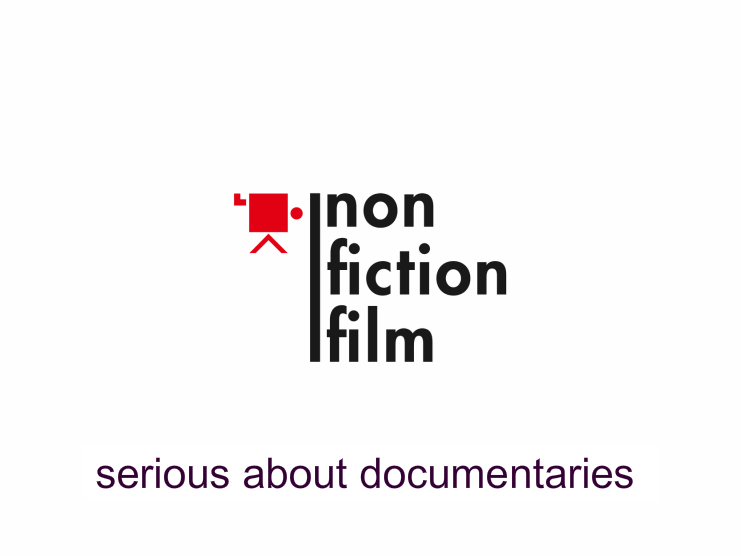
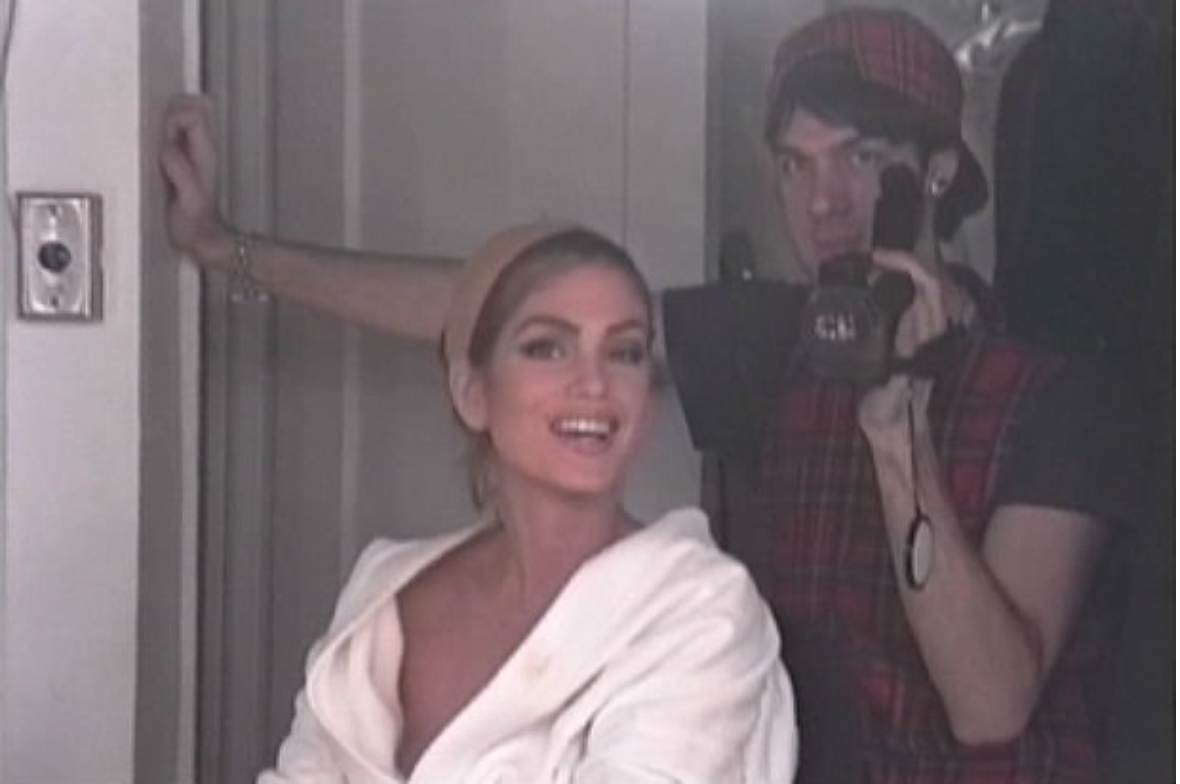
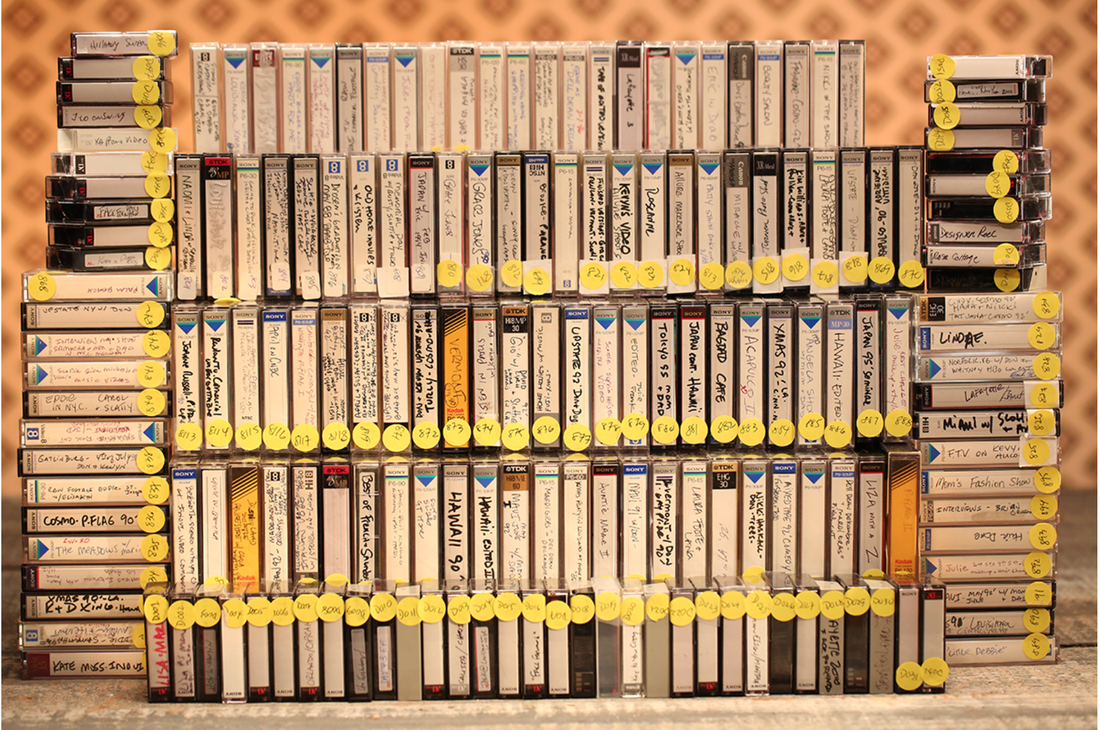
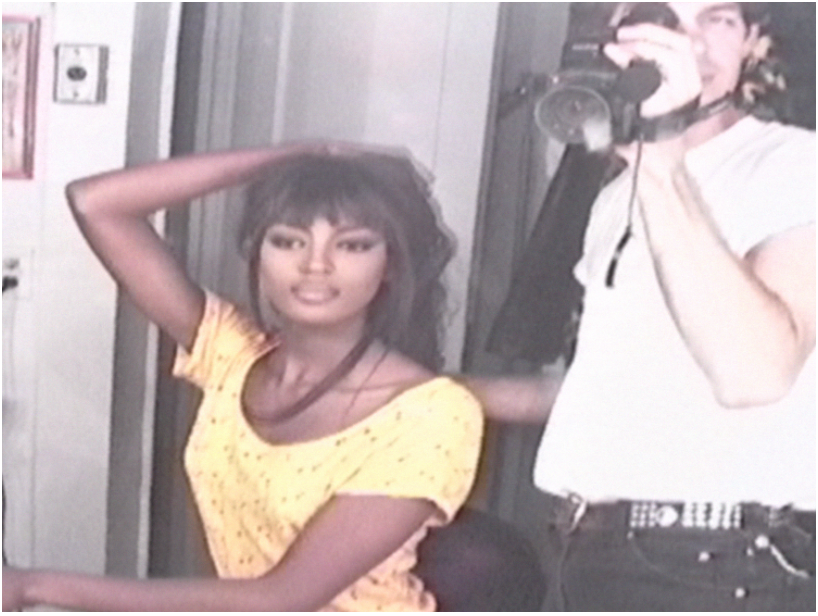
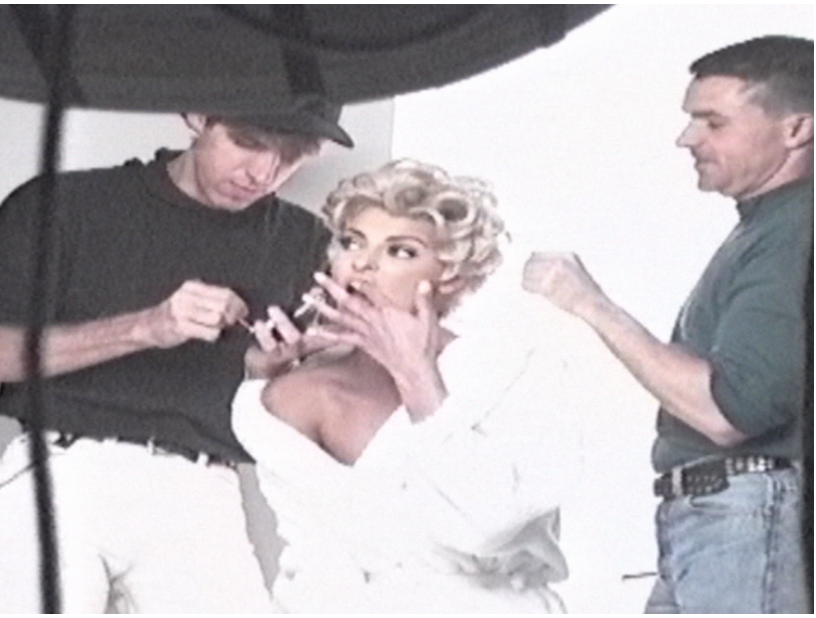
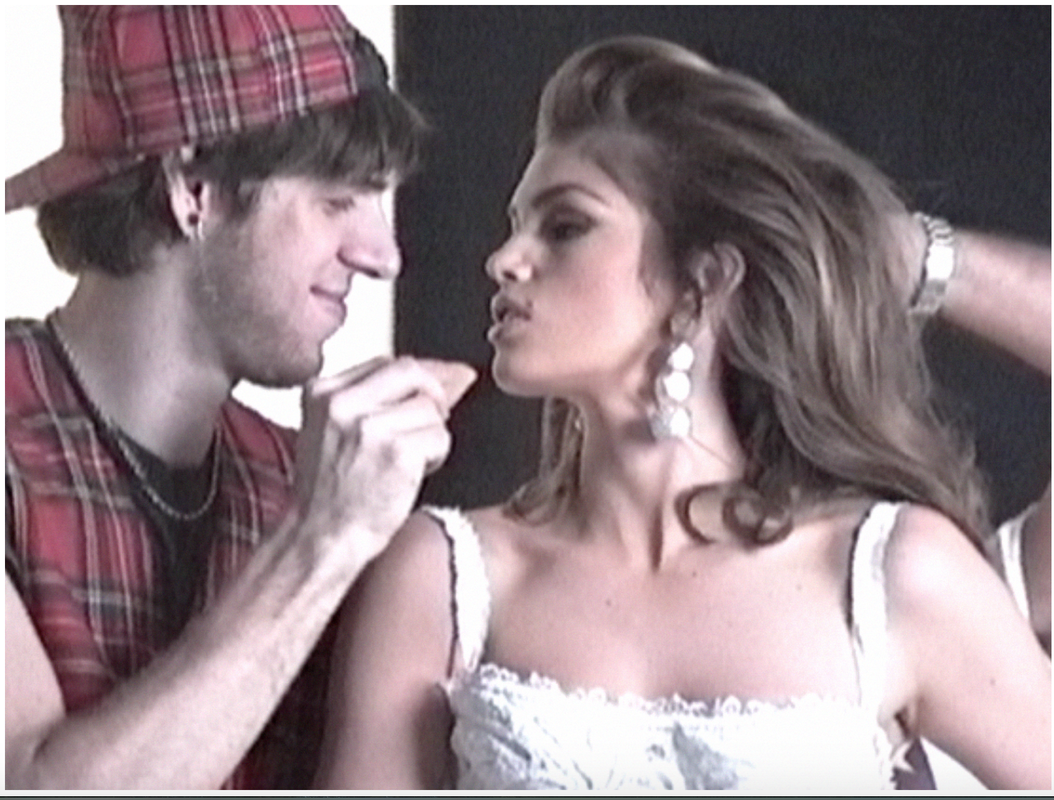
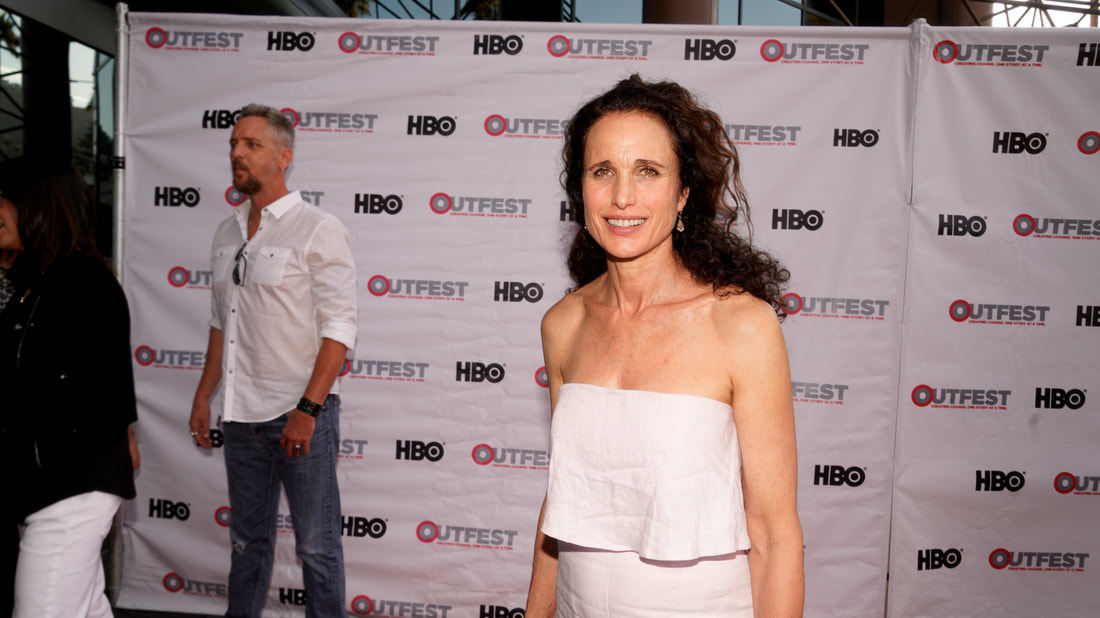
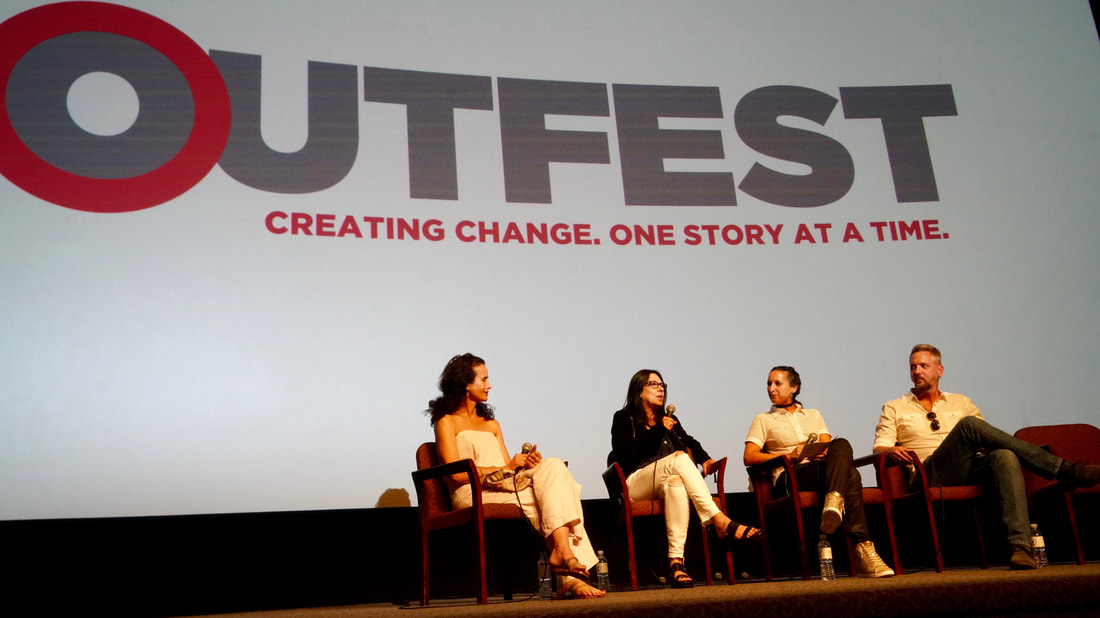
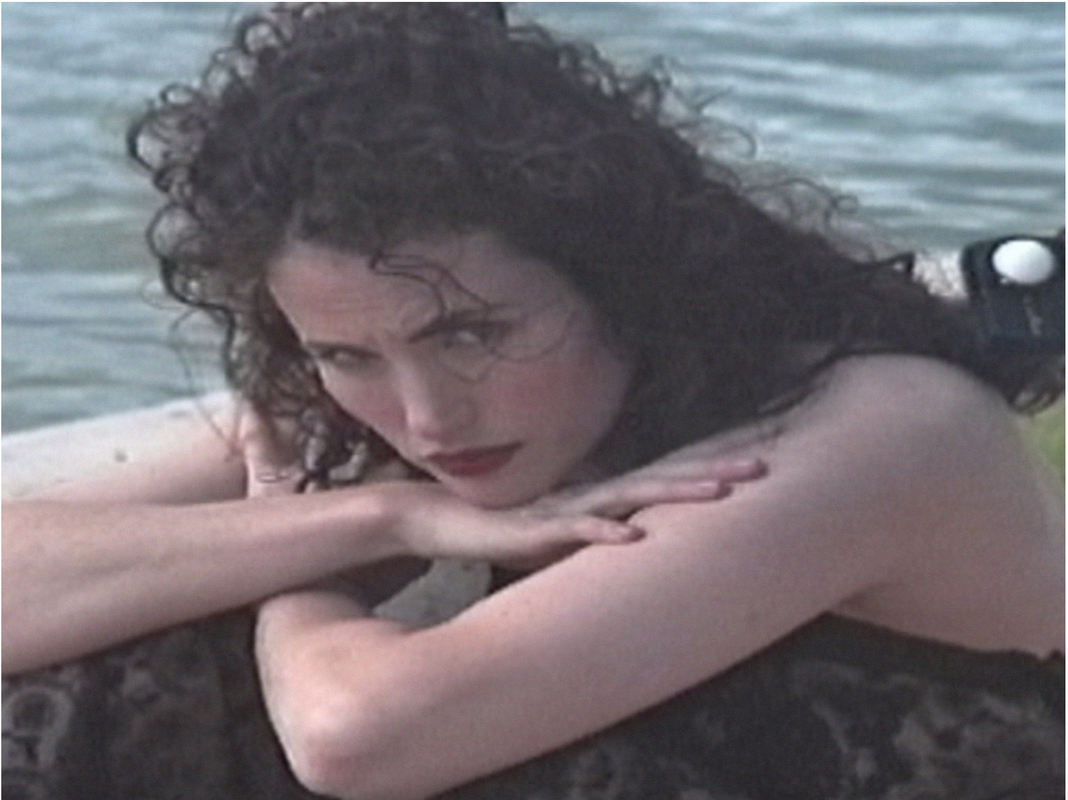

 RSS Feed
RSS Feed